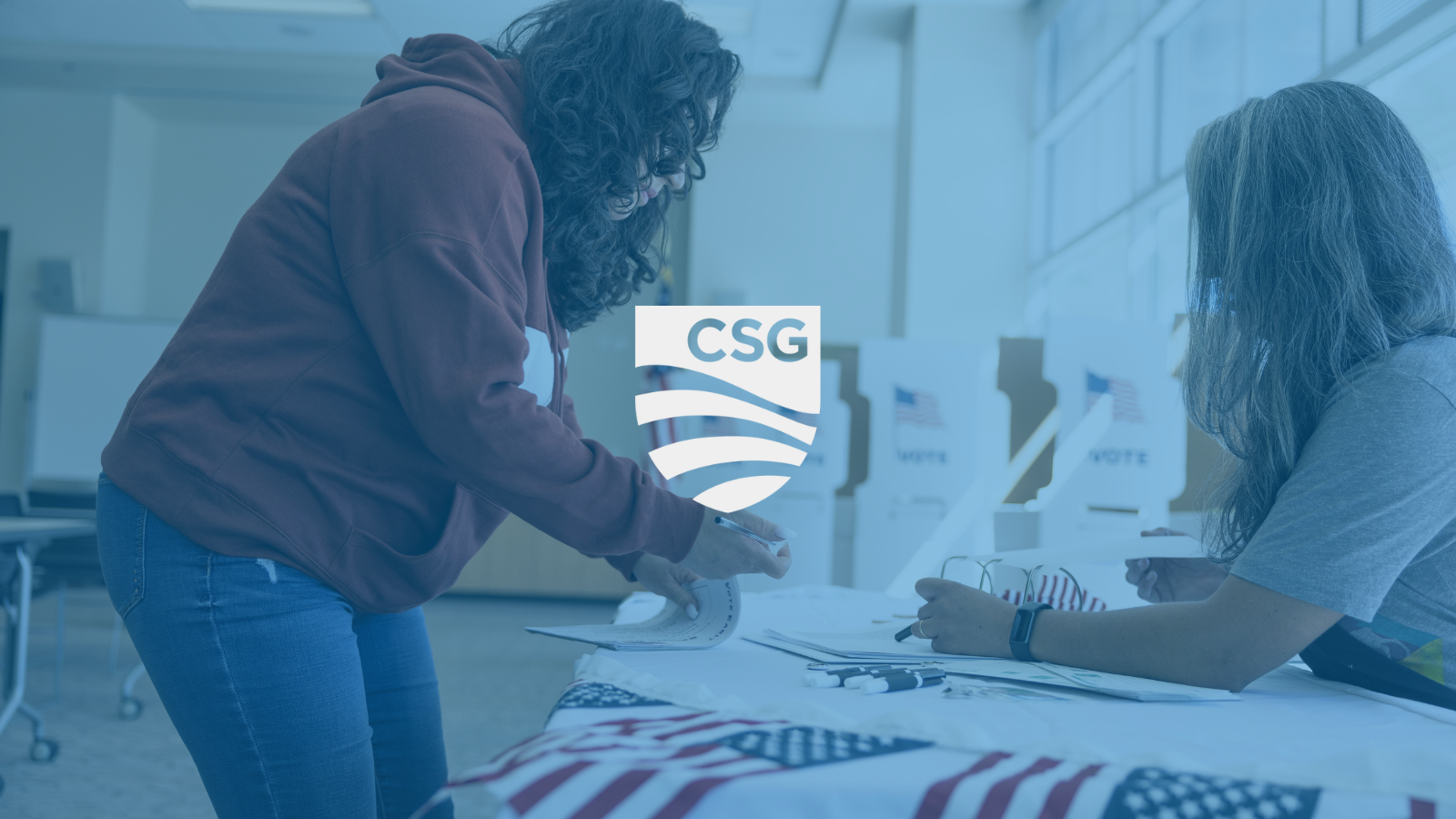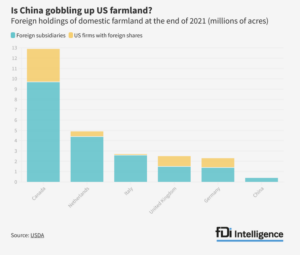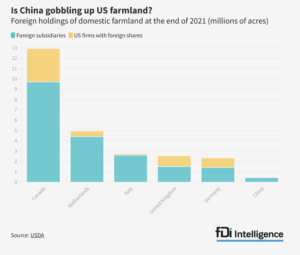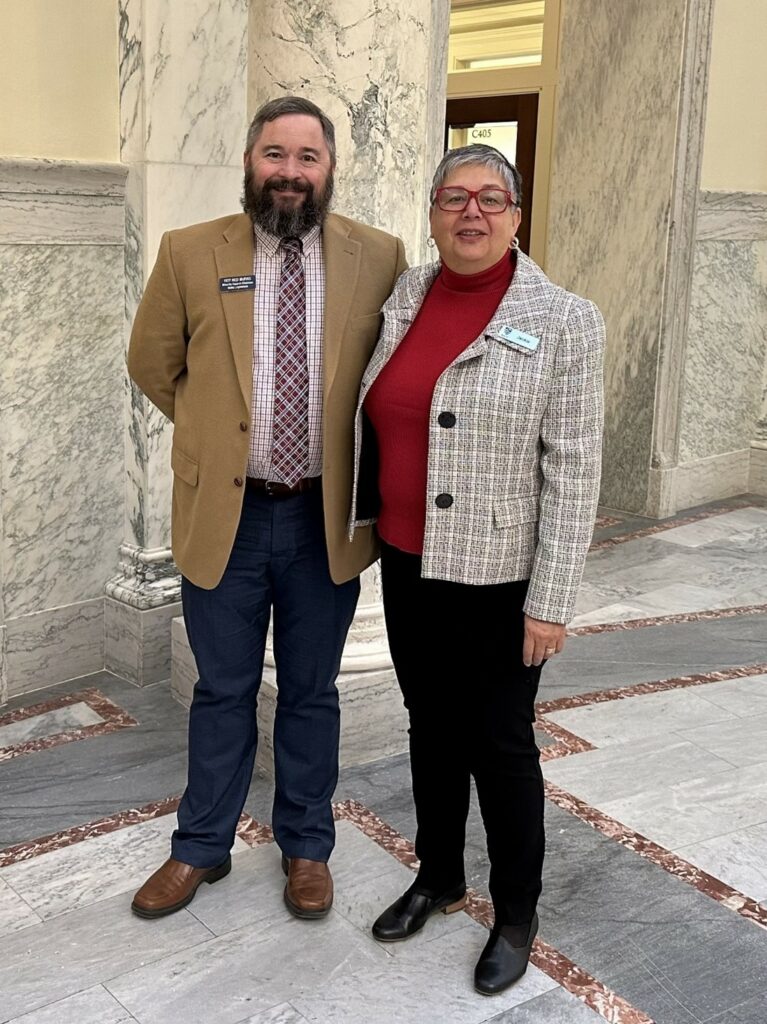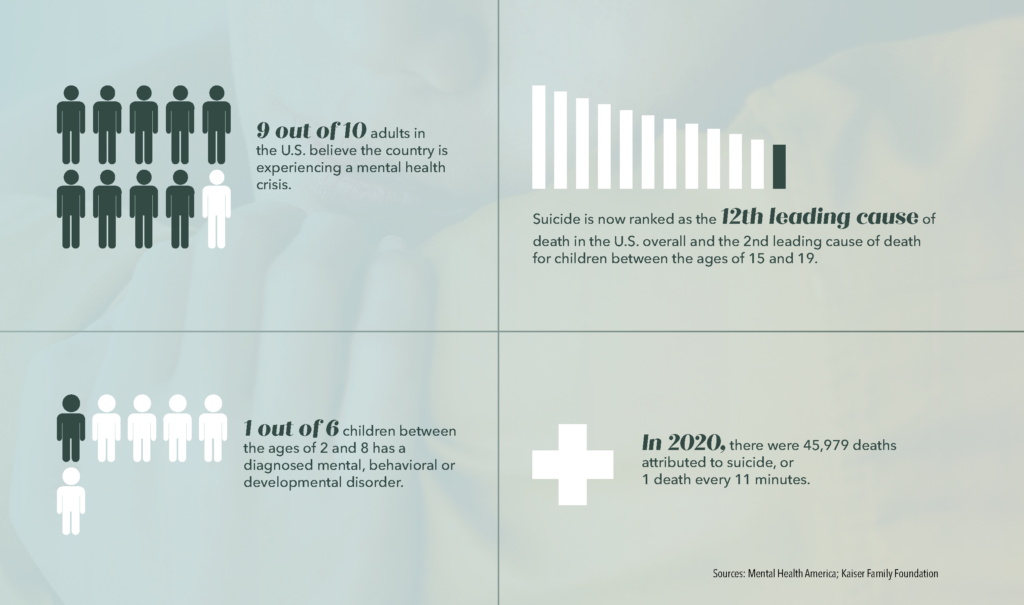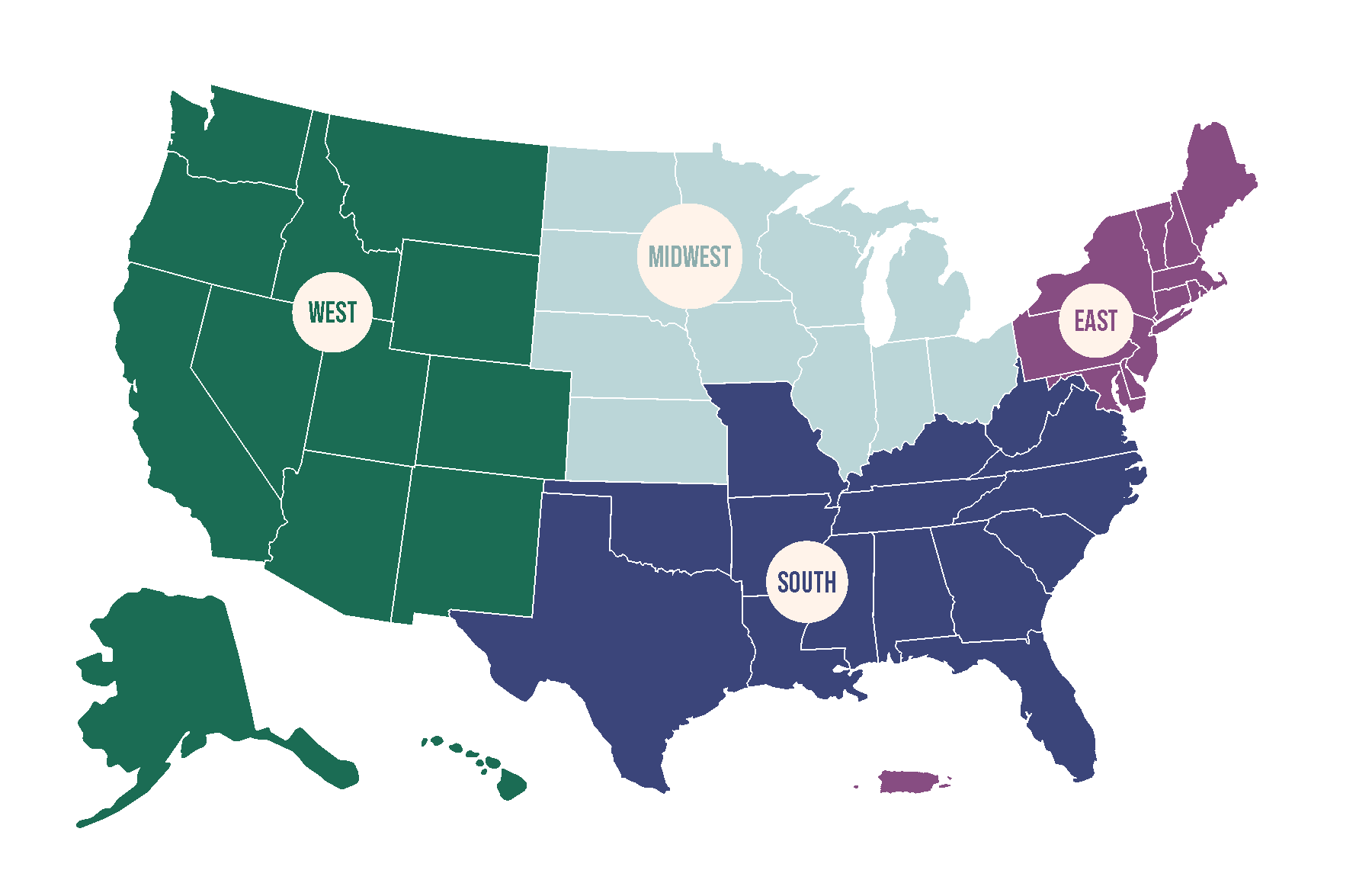By Jennifer Horton and Dr. Dakota Thomas
In 2022, Nevada voters approved a ballot measure to change its elections to ranked choice voting. Since this ballot measure is a citizen-initiated constitutional amendment, the measure will again require approval in 2024 to take effect. If the state votes to reapprove ranked voting, it joins a growing number of U.S. cities, counties and states in using a ranked choice voting system for elections.
What is Ranked Choice Voting?
Ranked choice voting is any system for counting votes that gives voters the option to rank their choices in order of preference. If a voter likes candidate A, but would prefer candidate B over candidate C if their favorite (candidate A) did not win, they could rank the three candidates accordingly on their ballot (A > B > C).
How do votes get counted in such a system? There are multiple methods, but the most common one is the alternative vote. During the alternative voting process, the candidate receiving a majority of first choice votes wins and the election is over. If no one wins a majority of votes, the ranked choices come into play. In the most common form of ranked voting, the last-place candidate gets eliminated (i.e., the candidate with the fewest first choice votes), and the voters who chose that candidate as their first choice have their votes reallocated to their second choice. For example, if candidate A came in last place, the vote would go to candidate B. This process continues until a candidate achieves a majority of votes.
Ranked choice voting can play out in different ways depending on the exact version of ranked voting a locality adopts. Most places utilizing ranked voting elect a single winner in a given election, while other locations use a multi-winner format of ranked voting where multiple officials are elected in a single contest, such as for a city council. Most forms of ranked voting are considered majoritarian (i.e., they try to ensure majority rule), while others are considered proportional (they focus instead on maximizing representation for different parties). Some common forms of ranked voting are explained in the table below.
Comparison of Ranked Choice Voting Systems
| Ballot Counting System | Outcome | Seats Elected at Once | Counting Method | Notable Examples |
| Alternative Vote (AV) | Majoritarian | 1 | Candidates with fewest first preference votes are eliminated successively and their voters go to their next choices until one candidate has a majority. | Alaska and Maine, Australia and Fiji, the Oscar for “Best Picture” and the Hugo Awards for Science Fiction |
| Two Round – Majority Runoff | Majoritarian | 1 | Candidates who are not in first or second place in total votes are eliminated in the first round. The second round includes only the top two candidates. | Georgia and Louisiana, France presidential elections |
| Two Round – Majority Plurality | Majoritarian | 2+ | Candidates who do not reach a certain threshold of votes are eliminated in the first round. The second round includes all candidates that met the threshold. | France legislative elections |
| Preferential Block Vote or Multiple Transferable Vote (MTV) | Majoritarian | 2+ | Candidates with the fewest first preference votes are eliminated successively and their voters go to their next choices until one candidate has a majority. The count is then repeated with the elected candidates removed until all seats are filled. | Some local elections in Utah |
| Single Transferable Vote (STV) | Proportional | 2+ | Candidates with fewest first preference votes are eliminated successively and their voters go to their next choices until all seats are filled. | Some local elections in Massachusetts, Michigan, and California, Ireland and Malta legislative elections |
| Borda Count | Varies with number of seats awarded at once | 1+ | Candidates with the highest rankings are elected successively until all seats are filled. | Kiribati presidential nominations and Nauru legislative elections, the Major League Baseball’s Most Valuable Player (MVP), the Heisman Trophy for college football |
William Roberts Clark, Matt Golder and Sona Nadenichek Golder.
What States Use Ranked Choice Voting?
As of January 2023, ranked choice voting is used in Alaska and Maine, in addition to 53 cities and counties representing roughly 11 million voters. Military and overseas voters cast ranked voting ballots during federal runoff elections in Arkansas, Alabama, Georgia, Louisiana, Mississippi and South Carolina. The map below shows states where ranked voting is used for at least some elections.
Note: This map only includes uses of ranked voting that result in a candidate being elected to office. Party primaries, conventions and other nominating processes are not included in this data, but some states do use ranked voting for those processes.
When and how jurisdictions utilize ranked voting varies widely. Some areas use it only for primary elections but not general elections, while others use it in general elections but not primaries. There are also other areas that use it for both. Jurisdictions can also elect to use ranked voting for electing some offices but not others. Alaska, for example, uses ranked voting only for its general elections, while its primaries use a top four system in which voters choose their top candidate. The top four candidates then go to the general election. Other locations continue to use ranked voting as a way to replace primaries entirely, consolidating primaries and general elections into a single contest. Many cities in the U.S., including Salt Lake City and other Utah cities, have implemented ranked voting as a way to consolidate nonpartisan primaries and general elections into one election.
States with ranked choice voting
Maine first adopted ranked voting in 2016 for state and federal primary elections. It was then adopted in 2018 for all general congressional elections. The state later expanded its use to presidential general elections beginning in 2020. Use of ranked voting will begin in 2024 for presidential primaries.
Alaska enacted ranked choice voting by ballot measure in 2020. Its first use came during a special election in August 2022 that resulted in Rep. Mary Peltola defeating former Alaska Gov. Sara Palin for an open U.S. congressional seat. The state uses ranked voting for all state and general elections.
In Nevada, voters recently approved a ballot measure changing the state’s elections to a system with nonpartisan primaries that allow voters to choose candidates from any party. After the primary, ranked voting occurs for general election, at which time voters can rank their top five candidates in order of preference. Implementation requires a vote of approval again in November 2024. The state will use ranked voting for state and federal elections but not presidential.
Cities with ranked choice voting
The same story is also present in the 53-plus cities utilizing ranked voting. For example, since 2009 Minneapolis has used it for 22 city offices and some park board and board of taxation seats. New York City employs its use for city primary, as well as special elections for mayor and other citywide offices. Since 2021, ranked voting has also been used in New York City to elect borough presidents and city council. In Santa Fe, New Mexico, it has been used to determine mayor, city council, and municipal judge elections since 2018.
More to come
Nine cities and the state of Nevada had ballot measures concerning ranked voting in 2022. Of these, all but two passed:
- Nevada – approved in 2022; reapproval required in 2024 to go into effect.
- Portland, Oregon – adopted; will begin in 2024.
- Seattle – adopted for primary elections.
- Evanston, Illinois – adopted; will begin in 2025.
- Fort Collins, Colorado – adopted.
- Ojai, California – adopted.
- Multnomah County, Oregon – adopted.
- Portland, Maine – adopted.
- Clark County, Washington – failed.
- San Juan County, Washington – failed.
Why Use Ranked Choice Voting?
Those who advocate for the adoption of ranked choice voting cite a number of possible benefits, including those detailed below:
Ensuring majority rule
Elections with more than two candidates can often result in a candidate winning with less than 50% of the vote, leading to a winner who doesn’t have a majority of support from the public. Maine voters were driven to adopt ranked voting after nine of its 11 gubernatorial elections were won with less than 50% of the vote during a 20-year period, including three governors’ races with winners who had less than 40% of votes. With ranked choice voting, if no candidate receives a majority of voters’ first choices, a process is used to reallocate voters to their next preferences until a winner gets a majority, upholding majority rule.
More choices and more influence for voters
Ranked choice voting can also give voters more choices, allowing them to vote for a viable candidate without having their vote placed used on a preferred candidate who is unlikely to win. If their first choice doesn’t win, they know their vote will count for their next most preferred choice(s). Ranked voting can enable two similar candidates to compete without fear of possibly splitting the vote. This may help reduce the spoiler effect, which is the phenomena of two similar candidates or parties losing to a very different candidate or party because voters couldn’t effectively coordinate on one choice. Currently, some candidates and parties — usually those from underrepresented groups in elected office — are pressured to stay out of races for fear of acting as a spoiler.
Ranked voting also helps ensure that voters’ preferences actually influence the outcome of an election. For example, in 2020, more than 3 million Democratic primary voters voted for a candidate who had already withdrawn from the race. In 2016, more than 5% of votes were cast for Republican candidates that had withdrawn from the primaries. These specific kinds of “wasted votes” often occur with early voting when voters fill out ballots a week or more ahead of election day. Ranked voting enables these voters to have backup candidates if their top choice drops out.
Ranked voting is an especially valuable tool for military and overseas voters who encounter a number of barriers to voting. Federal law requires states to provide these voters with ballots at least 45 days prior to elections, but runoffs require sending a new set of ballots, delaying the runoff and reducing turnout. By the time military and overseas voters receive their ballots, candidates may no longer be in the race, leading to the possibility of more “wasted votes.” Since voters can rank candidates on a single ballot with ranked voting, their vote still counts if a runoff occurs or a candidate drops out. Currently, six states use ranked voting for its overseas voters: Alabama, Arkansas, Georgia, Louisiana, Mississippi and South Carolina.
More civility in campaigns
In ranked voting elections, candidates have an incentive to court as many voters as possible in hopes of winning. If they are not the first choice of voters, they can succeed by acquiring enough votes as the second or third choices. This can lessen the tendency to run negative campaigns involving attacks on opponents and instead encourage efforts to positively interact with as many voters as possible, even those who may not view them as a first choice. According to a survey of Republican primary voters in Virginia, the use of ranked voting resulted in a more positive congressional primary in 2022. A 2013-14 survey of voters in ranked voting and non- ranked voting cities revealed that voters in ranked voting cities were more satisfied with the tone of campaigns, and noticed less criticism and negative campaigning, than non-ranked voting city voters.
Lower cost for elections and improved turnout
By replacing primaries and runoffs with ranked voting, jurisdictions can save money and improve voter turnout. In non-ranked voting elections, when no candidate meets a necessary threshold, jurisdictions must hold a second election that costs taxpayer money. New York City saves $20 Million every time ranked voting avoids a runoff. When the two rounds of voting are consolidated into a single election, there also tends to be higher and more representative turnout. Throughout the past twenty years, federal primary runoff elections have seen a median turnout decline of 37% between the first and final rounds, whereas a 2016 study found ranked voting general elections are associated with a 10-point increase in voter turnout compared to the primary and runoff elections they replace.
Broader representation
In elections with multiple winners, proportional ranked voting enables diverse groups of voters to elect their candidates of choice. In single winner races, ranked voting promotes the representation of historically underrepresented groups, including women and people of color. In one study, researchers found that women’s representation increased in cities using proportional ranked voting during the early 1900s. It was also revealed that single-winner ranked voting has increased women’s representation in the 21st century. Another study found that cities utilizing ranked voting also have better electoral outcomes for women and people of color.
Voter support for ranked choice voting
For all the discussion from party leaders and others about whether ranked choice voting is a good idea, voters themselves express broad support for the practice and find it easy to use. After using ranked voting for the first time in 2022, 85% of Alaska voters described it as “simple.” In New York City, 95% of voters across all ethnic groups who participated in the city’s 2021 primary elections described the ranked voting ballot as “simple to complete”; nearly 80% said they understood it extremely or very well; and 77% supported using it for future elections. After using ranked voting for the first time in 2018, 94% of Santa Fe voters reported feeling either very or somewhat satisfied with the format and more than 70% supported its use in future city elections.
Why Not Use Ranked Choice Voting?
Some opponents of ranked choice voting dislike it for one of the same reasons its supporters promote it: it can weaken the far right or left wings of the two main political parties. These critics worry it could weaken the influence of the two main parties and allow more centrist candidates an easier path, thus diluting the power of very progressive or very conservative politicians and policies.
Others worry the changes to filling out a ballot could confuse or deter voters, possibly disenfranchising groups of people who aren’t aware of how to use the ranking mechanism. Another concern is the time it takes to count ranked choice ballots, which could lead to a lack of confidence in the results.
Still others take issue with specific forms of ranked choice voting, arguing that in some cases it can lead to a person winning who doesn’t have majority support. This can happen if a candidate starts off with fewer first-choice votes, and thus gets eliminated, but may perhaps have a greater number of second choice votes.
There’s also the issue of voters not using all of their ranking slots or having all of their ranked picks eliminated, which can lead to “ballot exhaustion” — a drop off in the total number of votes being counted in the later rounds of counting.
The Future of Ranked Choice Voting in the U.S.
As state and local governments continue to reconsider how best to run their elections with an eye toward issues like election security, trust in democracy, and voter access, ranked choice voting is one tool they are considering and often adopting. There are certainly many things to consider when evaluating whether to use ranked voting. Given its popularity with many voters and advantages over other systems of voting, ranked choice voting is worth a closer look.



